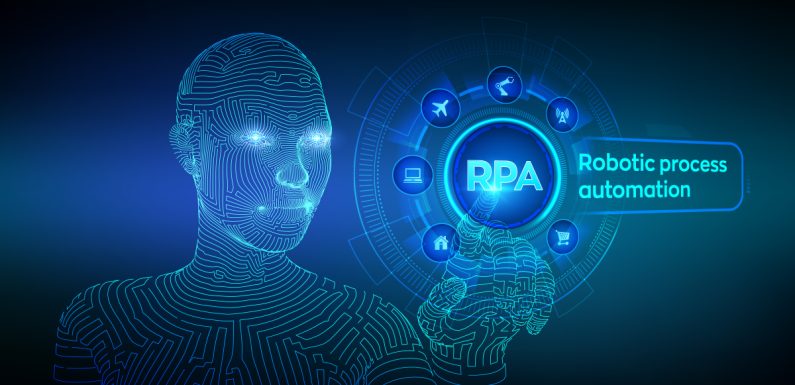
Understanding RPA: What is Robotic Process Automation?
You wake up, brew a cup of coffee, and start going through your morning routine. Checking emails, filling out reports, attending meetings – so much of your workday is repetitive. What if you could automate those mundane tasks? With RPA – Robotic Process Automation, you can. RPA uses software bots to replicate human actions and complete routine processes for you. As bots take over time-consuming workflows, you’re free to focus on more meaningful work. Join us as we explore how RPA is revolutionizing workflows across industries. We’ll demystify the technology, examine use cases, and consider the future impacts of automation. Let’s dive in!
The Benefits of Implementing RPA
Automating repetitive tasks
Robotic Process Automation or RPA refers to software tools that handle repetitive, routine tasks that people typically perform. RPA bots mimic human actions to complete processes like data entry, customer service inquiries, and payroll.
How bots work
RPA bots work by utilizing the user interface to capture data and manipulate applications just like humans do. They log in and out of systems, move files and folders, copy and paste data, fill in forms, and extract information from documents.
The benefits of RPA are huge. Bots can work 24/7 without breaks, reducing costs and human error. They improve productivity, allowing employees to focus on more strategic work. RPA also provides faster service delivery and turnaround times for customers.
While RPA shows a lot of promise, it does have some limitations. Bots cannot make complex judgments or perform subjective analyses – they rely on structured data and predefined rules. They also cannot innovate or provide the human touch that some processes require. So, for now at least, humans and bots will need to work together.
RPA is transforming the way we work in almost every industry. Although still evolving, robotic process automation is poised to revolutionize workflows and boost productivity on an enormous scale. The future of work is here – and it’s partly bot!
RPA Implementation: Key Steps and Considerations
RPA has the potential to completely transform your business processes for the better. Save Time and Money
By automating repetitive, mundane tasks, RPA frees up your employees to focus on more meaningful work. This can significantly reduce costs and improve productivity. No more wasted hours spent on manual data entry or report generation.
Improve Accuracy
Humans make mistakes, but bots don’t. RPA ensures consistent, error-free execution of rules-based processes. Once configured, the software will perform the task exactly the same way every time.
Better Compliance
With RPA, compliance becomes automated and auditable. The bots are programmed to strictly follow the rules and keep detailed logs of all activities. This makes compliance monitoring and reporting a breeze.
Increased Flexibility
Unlike humans, software bots can work 24/7. They don’t take breaks and they don’t call in sick. You have the flexibility to run processes whenever and as often as needed. Bots can also quickly scale up or down to meet demand.
Enhanced Customer Experience
By streamlining processes, RPA helps businesses provide faster, more accurate customer service. Bots can automatically handle general inquiries and requests, freeing up employees to focus on more complex issues that require a human touch.
RPA may seem like a big change, but the benefits to your company and customers far outweigh any challenges. With the right strategy and implementation, RPA can revolutionize your workflows for the better. The future of work is here – are you ready to embrace it?
Tech World Times (TWT), a global collective focusing on the latest tech news and trends in blockchain, Fintech, Development & Testing, AI and Startups. If you are looking for the guest post then contact at techworldtimes@gmail.com

